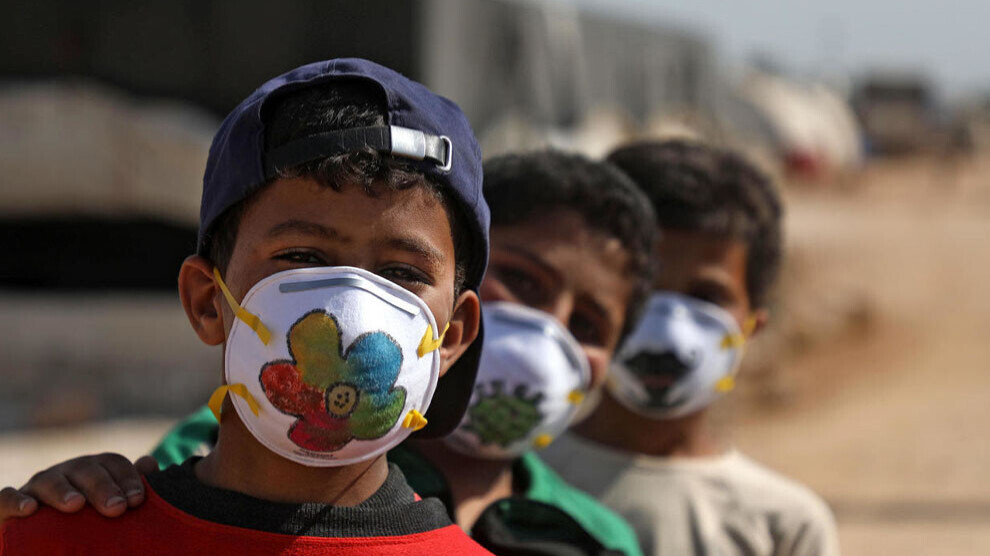Number of Coronavirus cases in Rojava exceeds 8000
In the autonomous region of northern and eastern Syria, the number of Corona infections has exceeded the 8000 mark. As of today, a total of 274 Corona deaths have been registered in the region.
In the autonomous region of northern and eastern Syria, the number of Corona infections has exceeded the 8000 mark. As of today, a total of 274 Corona deaths have been registered in the region.

The number of infections with the coronavirus has exceeded 8000 in the autonomous region of northern and eastern Syria. This threatens the region with new tightening of the pandemic rules.
According to the data published by the autonomous region's health committee on Friday, there have been a total of 8,067 positive test results since the outbreak of the pandemic. 43 of the new infections occurred within 24 hours. In the same period, three people have died in connection with the Covid-19 viral disease. As of today, northern and eastern Syria has registered a total of 274 soronavirus deaths. Across Rojavia, 1,148 people have recovered.
Of latest infections reported on Friday, 9 were from Tabqa, 8 in Hesekê and Dêrik each, 7 in Qamishlo and 4 in Kobanê. Raqqa and Manbij each reported two new cases, and Tirbespiyê, Girkê Legê, and Shehba each had one new infection. However, because coronavirus testing capacity in the autonomous area is severely limited, the number of unreported infections in the population is likely to be quite high. PCR tests are considered to be in chronic short supply.
In any case, Rojava is de facto on its own in the fight against the pandemic, with the WHO providing hardly any significant support. Added to this are the conditions of occupation, continued attacks by jihadist groups and the Turkish military, a widespread embargo, and the destruction of medical infrastructure. In light of this, Rojava's health system is at breaking point. The autonomous region of northern and eastern Syria is home to four million people and 600,000 internally displaced persons. While staff have been trained and hospitals have been built, there is a lack of medicines, technical infrastructure and protective equipment.